Plastics and Tiny Animals
Single-celled marine predators called Dinoflagellates have been found by scientists studying plastic pollution to have severely restricted growth as a result of consuming microplastics.
A recent study published by Frontiers in Marine Science, found that after consuming microplastics, these organisms can grow 30% slower.
These animals form an important basis for the transfer of energy and sadly also pollutants, up the food web to larger animals. The transfer of plastics is called bioaccumulation.
This happens when plastic degrades to a small enough size to be consumed at the base of a food chain at a low concentration. The lowest level consumers, in this case Dinoflagellates, are then consumed by larger fish in great numbers, increasing the concentration of plastic up the chain. This process continues all the way to our most enigmatic co-habitants of the planet, and even to the food we eat (more on that later).
So studying the micro can help us understand the effects on animals we are more familiar with, like dolphins, or crabs.
Plastic consumption has wide implications up the scale and “can almost halve the abundance of dinoflagellates, which will have an impact on the larger marine animals that feed on these tiny creatures.”
Victoria Fulfer, who worked on the project wanted to find out if the microscopic plastics that we know are in the sea might be mistaken for food by these animals. Of the three species studied, two would quite readily consume the plastic waste of the human species. One species however, due to a different feeding habit whereby it wraps its prey up before consuming it externally would not - which suggests that not all species will be affected the same.
The study is ongoing and the team are looking to see how older plastics compare to the fresh plastic that was used in the study. This is an important step as algae and bacteria grow on plastics, which in turn makes them more appealing.
P.C: Rochman, C. M, The Complex Mixture, Fate and Toxicity of Chemicals Associated with Plastic Debris in the Marine Environment 2015


